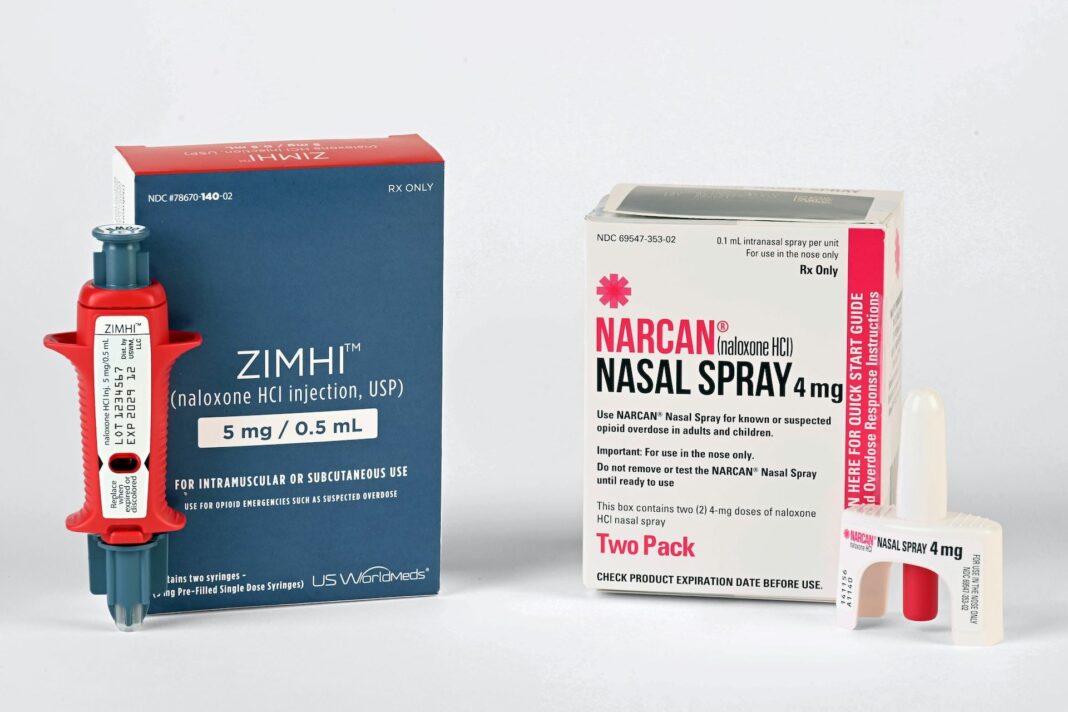UNITED STATES—The opioid crisis in California, as with the rest of the United States, has had devastating effects on communities, families, and individuals. However, the state of California has been moving forward to try and tackle the issue over the last 12 months using a variety of methods.
Thousands of people are dying yearly in the state due to opioid overdose and some reports suggest as many as 7,000 in 2021 as the state battled both the opioid crisis and Covid-19.
The problem is beginning to be taken more seriously though both on a state and national level, with solutions ranging from increasing the availability of narcan to the bill put forward and being campaigned for by many, Melanie’s Law, which aims to prevent overdosing among the younger generation.
But what are the main ways in which California is tackling the opioid crisis at present?
Prescription Drug Monitoring Program (PDMP)
California has implemented a Prescription Drug Monitoring Program (PDMP) to track opioid prescriptions and reduce overprescribing. The program requires healthcare providers to register and report all controlled substance prescriptions they write or dispense to the Department of Justice, which can then be accessed by pharmacists, doctors, and law enforcement. This system helps to identify patients who are receiving multiple prescriptions or visiting multiple doctors, which can be a sign of misuse or abuse. The program also includes a risk assessment tool to help identify patients who may be at risk for opioid addiction.
Medication-Assisted Treatment (MAT)
Medication-Assisted Treatment (MAT) is a comprehensive approach to opioid addiction that combines medications, such as methadone or buprenorphine, with counseling and behavioral therapies. California has expanded access to MAT through Medicaid and increased funding for treatment programs that provide MAT. This approach has been shown to be effective in reducing opioid use, overdose deaths, and criminal activity associated with opioid addiction.
Naloxone Distribution
This medication can rapidly reverse an opioid overdose, and California has made it more widely available. The state has passed laws that allow pharmacists to dispense naloxone without a prescription and requires that all emergency medical service providers carry the medication. Additionally, the state has provided funding for local health departments to distribute naloxone kits to high-risk individuals and their families.
Safe Disposal of Medications
Many individuals who misuse or abuse opioids obtain them from friends or family members who have leftover medication. To reduce the supply of opioids available for diversion, California has implemented a program to encourage the safe disposal of medications. The state has provided funding to establish medication disposal kiosks in pharmacies and has launched a public awareness campaign to encourage individuals to properly dispose of unused medication.
Prescription Drug Take-Back Days
To further encourage the safe disposal of medications, California holds Prescription Drug Take-Back Days twice a year. These events provide an opportunity for individuals to dispose of unused or expired medications at designated locations. The events are coordinated by law enforcement agencies and are supported by the Drug Enforcement Administration (DEA).
There is of course a long way to go and it’s going to take a national, if not international approach to combating a crisis that has fast become a worldwide problem.
California is leading the way in the United States but the likes of Melanie’s Law and other initiatives are going to need to be accelerated if victory is going to be secured over the heartbreaking issue that is stealing lives by the day.






